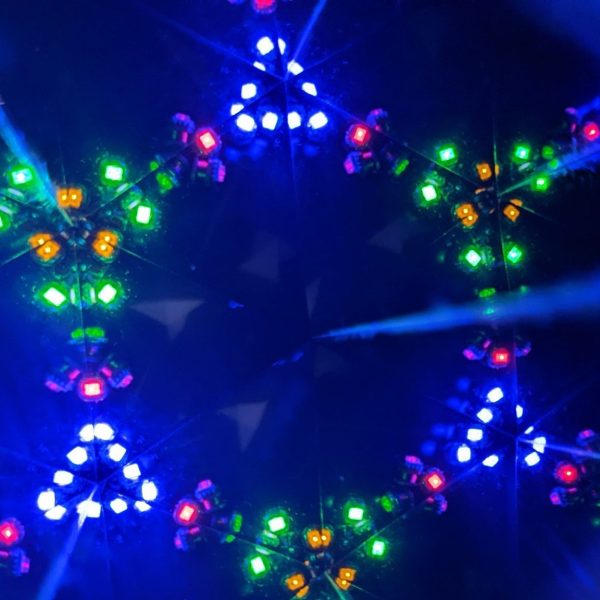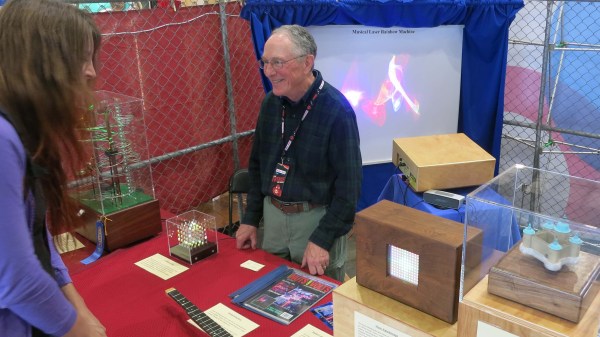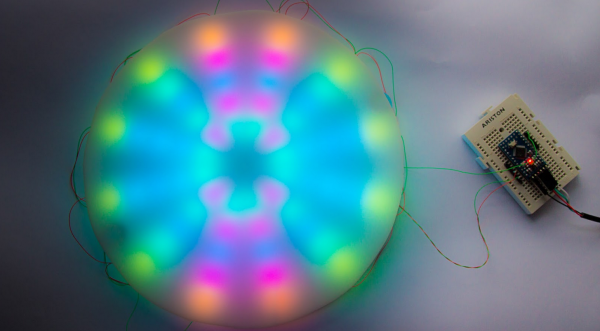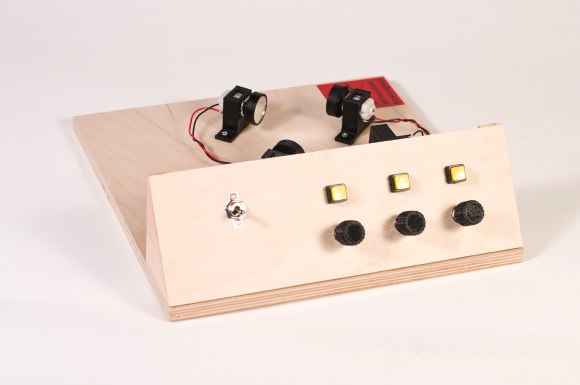The kaleidoscope was first invented back in the early 1800s, with the curio known for showing compelling psychedelic patterns as light passes through colored glass and is reflected by mirrors in a tube. [Debra] of Geek Mom Projects recently gave the classic toy a thoroughly modern twist with her own build. (Thread Reader Link).
[Debra]’s kaleidoscope still relies on the typical mirror-tube construction to create reflections upon reflections which generate symmetrical patterns for the viewer. However, instead of colored glass beads lit by external light, she replaced these with so-called “wireless LEDs.” These little bead-like LEDs are fitted with small coils that allow them to be inductively powered without wires when they are placed in the magnetic field generated by a powered coil. Thus, [Debra]’s kaleidoscope works day or night, even in a dark room, since the light is coming from the little beady LEDs themselves.
It’s a great demonstration of wireless LED technology; there’s something almost magical about the tiny free-moving glowing beads. If you don’t want to buy them off the shelf, you can even make your own! Video after the break.
Continue reading “LED Kaleidoscope Uses Induction Power Magic”




















